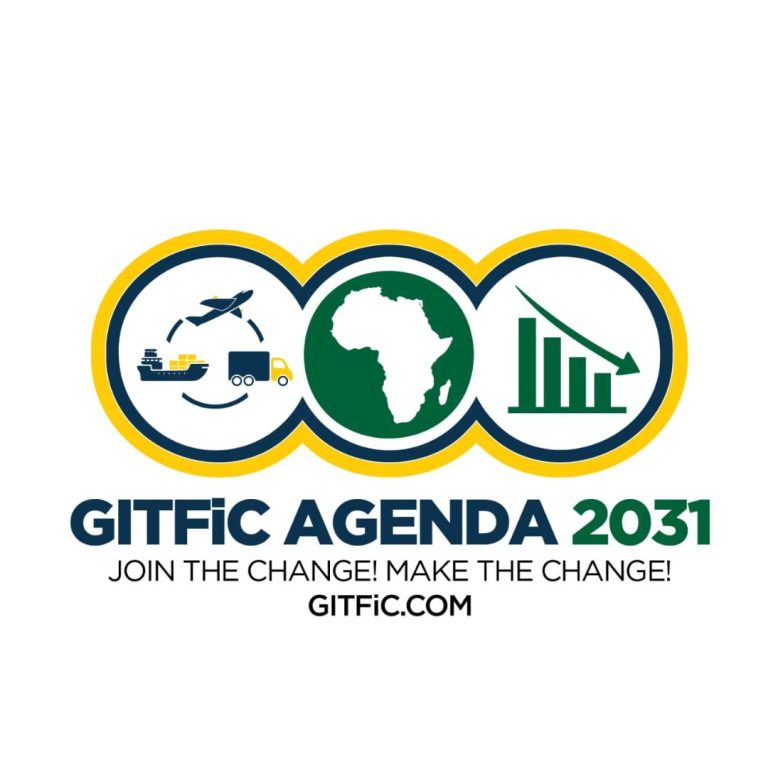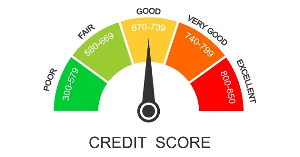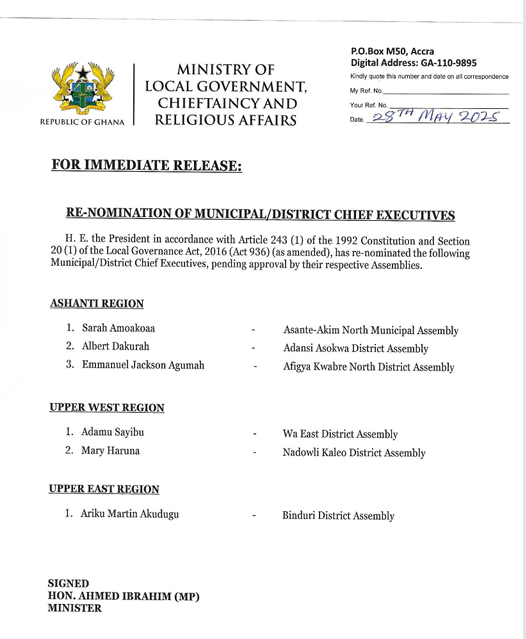Objective
This report provides a data-driven projection of the USD to GHS exchange rate for the year 2025. It offers insights into recent trends, economic drivers, technical indicators, and macroeconomic expectations, serving as a reliable guide for stakeholders in trade, finance, and policy formulation.
Executive Summary
The Ghanaian Cedi (GHS) has shown a notable recovery against the United States Dollar (USD) in recent months, driven by significant structural adjustments, monetary discipline, and external sector performance.
As of May 24, 2025, the GHS appreciated by 8.891% on a weekly basis, with the interbank mid-rate reaching 11.07 GHS/USD.
This appreciation reflects investor confidence following Ghana’s successful debt restructuring, improved commodity exports, and decisive interventions by the Bank of Ghana.
On an annual basis, the cedi is projected to appreciate by approximately 28.94% in 2025 compared to its average rate in 2024, underscoring a strong recovery trajectory and sustained macroeconomic stability.
GITFiC projects an average USD/GHS exchange rate of 10.02 for 2025, within a range of 7.09 to 13.16. The cedi is expected to maintain relative strength through Q2 2025, although volatility remains a risk due to domestic import demand and potential shifts in global monetary policy.
Current Exchange Rate Dynamics and Recent Trends
Spot Rate (May 26, 2025): 1 USD = 11.11 GHS (mid-market).
Trend: The cedi has appreciated significantly from its weakest position of 16.44 GHS/USD in late 2024.
Performance Drivers:
They are Debt restructuring success (including bilateral and multilateral agreements), Firming commodity prices (especially gold, cocoa, and crude oil), Reduced speculative activity in forex markets, and Central bank liquidity interventions and monetary stability.
Historical Exchange Rate Averages
2009–2025 Average: 1 USD = 5.345 GHS, 2020: 5.6 GHS, 2022: 8.4 GHS, 2023: 11.2 GHS, and 2024: 14.1 GHS
Factors Driving the Cedi’s Appreciation
The following economic and financial factors have contributed to the recent and projected appreciation of the GHS: Macroeconomic Fundamentals, Debt Sustainability Improvements: The Government of Ghana’s successful debt restructuring, including a $5.4 billion bilateral agreement and a $3 billion IMF-supported programme, has improved market confidence and fiscal space, Fiscal Reforms and Consolidation: Reduction in primary deficits and enhanced revenue mobilization have improved macroeconomic indicators.
Others are Commodity Export Earnings: Ghana’s trade position has been supported by steady or rising prices of gold, cocoa, and oil.
Notably, gold reserves increased from 22.3 to 31.2 tonnes by April 2025, boosting foreign exchange supply.
Monetary Policy Response
Foreign Exchange Intervention: The Bank of Ghana injected over $490 million into the forex market to stabilize the cedi, alleviating short-term demand pressure.
Policy Rate Stability: The benchmark monetary policy rate has been maintained at 28%, reinforcing price stability and anchoring inflation expectations.
Exchange Rate Mechanism: Daily exchange rates are determined using a weighted median of interbank forex market transactions, enhancing transparency and efficiency.
Technical and Quantitative Forecasting Indicators
GITFiC’s forecasting model integrates fundamental analysis with technical indicators and econometric inputs:
Moving Averages
50-Day Simple Moving Average (SMA): Currently at 12.83 GHS/USD, indicating the cedi remains in a strengthening phase.
200-Day SMA: At 14.53 GHS/USD, showing a reversal from long-term depreciation trends.
Relative Strength Index (RSI)
14-day RSI: At 90.13, the cedi is in overbought territory, suggesting a possible short-term correction; however, long-term indicators remain positive.
Volatility Metrics
30-Day Volatility: 6.31%, down from 7.43% in 2024. This reflects growing market confidence and reduced forex market speculation.
The GITFiC 2025 Exchange Rate Forecast
Projection Summary:
Period USD/GHS Rate (Range) Cedi to USD Equivalent
Annual Average 10.02 GHS $0.099 per GHS
Full Year Range 7.09 – 13.16 GHS $0.076 – $0.141 per GHS
Quarterly Outlook
Q1–Q2 2025:
Estimated range: 9.00 – 11.76 GHS/USD
The cedi is expected to retain resilience due to IMF disbursements, increased gold reserves, and fiscal discipline.
Q3–Q4 2025:
Estimated range: 7.09 – 10.50 GHS/USD
Continued reforms and commodity earnings could drive further appreciation, but risks remain from global monetary tightening and seasonal import pressures.
Risks and Volatility Factors
Despite the cedi’s bullish momentum, the following risks could introduce volatility:
Import Demand Pressure: High domestic import requirements, especially for refined petroleum, machinery, and food, may exert pressure on the cedi.
Inflation: Although headline inflation has moderated from the peak, persistent core inflation above 20% could limit monetary policy flexibility.
Global Monetary Conditions: Potential delays in rate cuts by the U.S. Federal Reserve may strengthen the USD globally, reversing some gains for emerging market currencies.
External Sector Shocks: Commodity price fluctuations or geopolitical tensions may impact Ghana’s trade and capital inflows.
Political Stability and Reforms: Post-election implementation of fiscal and structural reforms will be critical to sustaining macroeconomic stability.
The GITFiC Recommendations for Stakeholders
Policymakers: Should prioritize structural reforms, domestic revenue mobilization, and diversification of export base to reduce cedi vulnerability.
Businesses: Must adopt hedging strategies against currency risks, particularly those with high foreign exchange exposure.
Investors: Should consider medium- to long-term opportunities in GHS-denominated assets, especially in government bonds and real sectors aligned with export expansion.
Development Partners: Must continue technical and financial support for Ghana’s reform agenda, with a focus on debt sustainability and inclusive growth.
Conclusion
GITFiC’s analysis suggests that the Ghanaian Cedi will continue its trajectory of recovery in 2025, supported by robust macroeconomic and technical indicators.
While short-term corrections are possible due to market dynamics, the overall outlook is one of cautious optimism.
Strategic policy implementation and external stability will be essential to maintaining the cedi’s strength throughout the year.
By Isaac Osei Owusu
Lead Analyst, Research, Advocacy and Policy









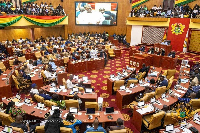







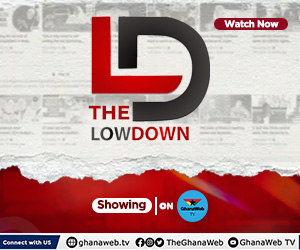



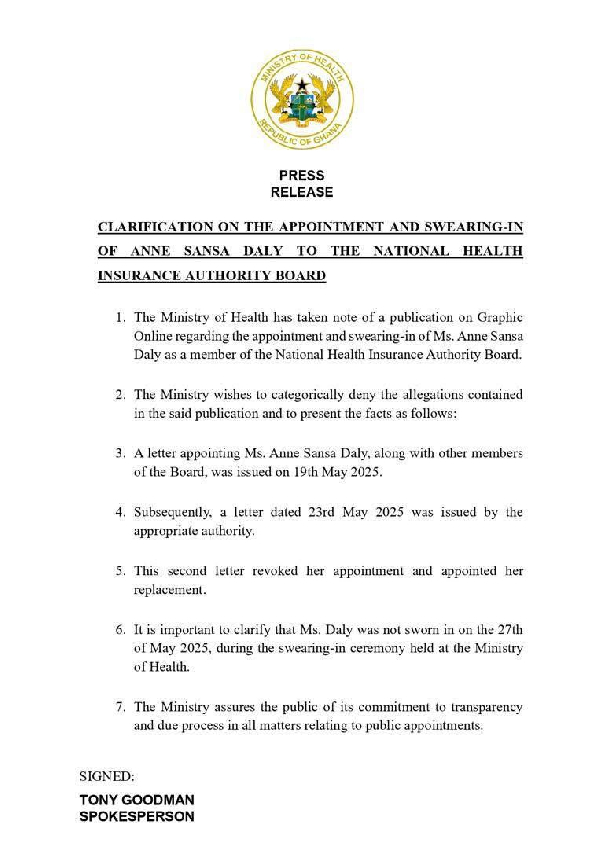














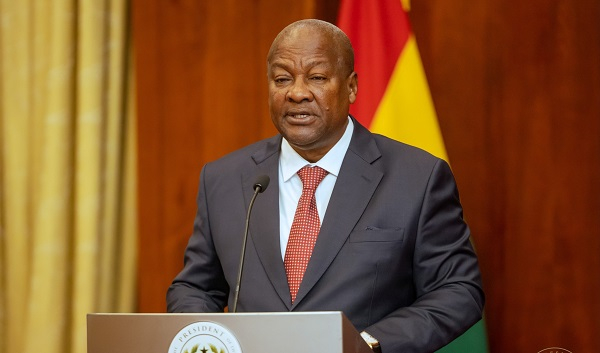
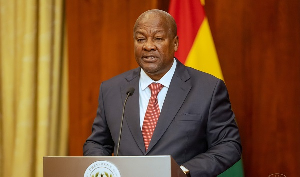
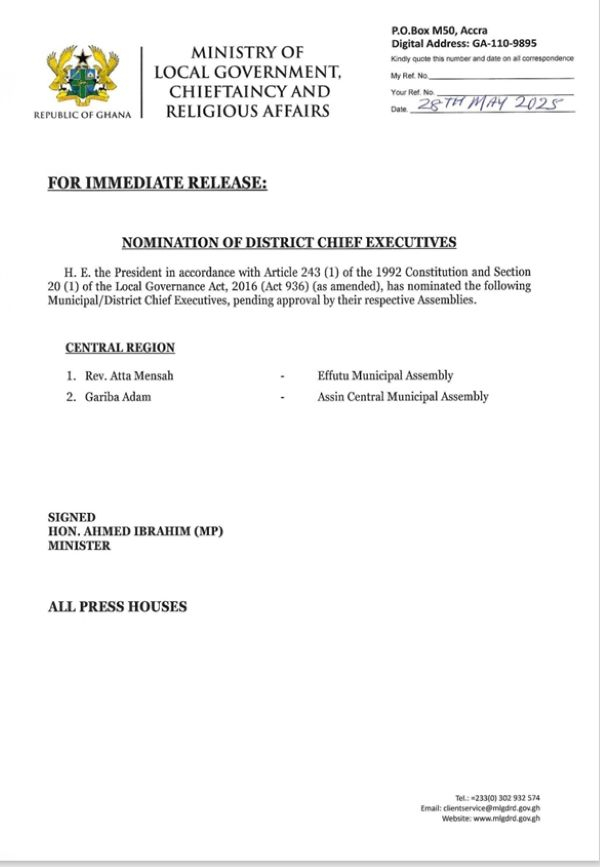

















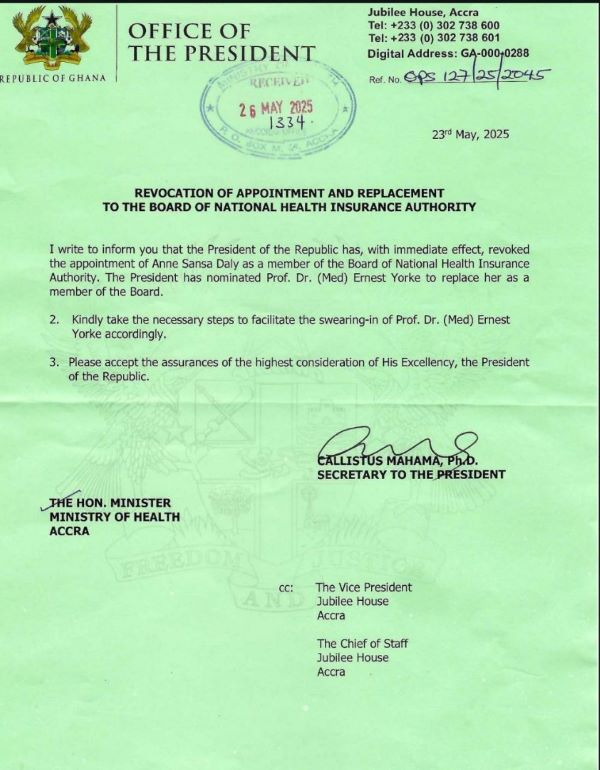








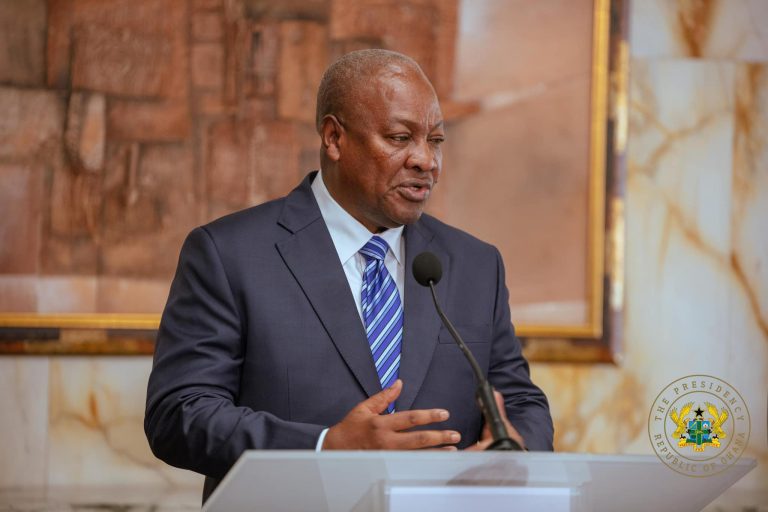











![Chairman Wontumi’s whereabouts unknown – Paul Yandoh [Listen] Chairman Wontumi’s whereabouts unknown – Paul Yandoh [Listen]](https://www.ghanamma.com/wp-content/uploads/2025/05/Chairman-Wontumi-1.png)



